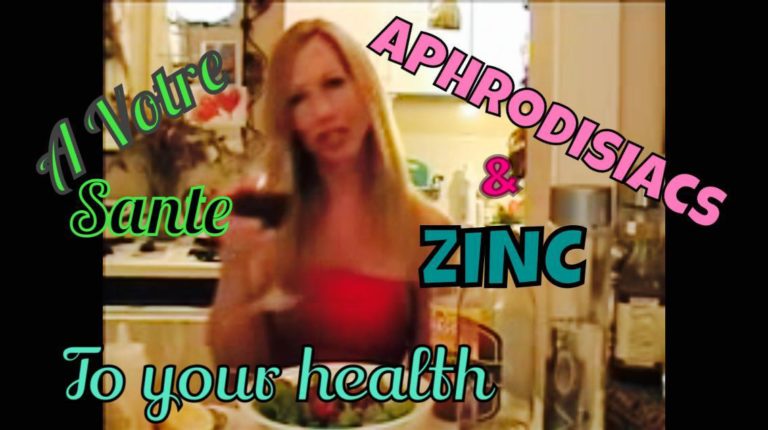The Pros and Cons of Coffee & Caffeine
 where can i buy accutane in stores Kicking the Coffee Habit
where can i buy accutane in stores Kicking the Coffee Habit
I didn’t celebrate, but instead had a lovely post V-Day coffee date at Urth Café. Although, in lieu of coffee, I had a chai latte, which I highly recommend for the wonderful flavors and beautiful latte art. How DO they do that?
I thought tea would be a better choice for a date so that my nervous chatter would not be enhanced by a caffeine buzz. Besides, I’ve practically OD’d on coffee drinks since moving into a building that has a coffee machine complete with 12 different sugar-laden, caffeinated options, all for free from 6A to 6P.
This made me think about the accumulation of empty calories that come from these “free” drinks. If they provide empty calories that, in essence, rob you of nutrients, then how free are they really?
Despite the extra calories from some coffee drinks, a plain old Cup O’ Joe may have a place in the diet. Caffeine, from coffee, can reduce respiratory muscle fatigue which may aid performance during exercise. Caffeine also acts as a bronchodilator meaning that it increases the size of the tubes that carry oxygen into the lungs thereby potentially allowing more oxygenated blood to get to the working muscles.
Although research is inconclusive, there are some theories that caffeine may aid weight loss by acting as an appetite suppressant or by increasing thermogenesis: the heat and energy produced during digestion. One study said this: “caffeine dose-dependently increased motor activity while decreasing grooming and time spent in the corner.” Oh, but they were talking about rats not people, I think. And that’s the problem with research. Animal models don’t translate to people. I mean, give me a cup of coffee and you can’t get me out of the bathroom, where I do my “grooming.” Another way caffeine may contribute to weight loss is by acting as a diuretic (makes you pee more).
Caffeine may also increase blood pressure. Although there are several physiological reasons for this increase in blood pressure, one may be related to decreasing blood potassium levels related to increased urination.
Drinking more water to replace fluid loss will only cause further reduction in potassium which becomes diluted in the blood stream. Although some studies showed delayed muscle fatigue from reduced potassium levels, it is not advised to intentionally reduce potassium even for performance sake. Also known as hypokalemia, low blood potassium can be fatal.
Potassium’s job in the body is to regulate water and acid-base balance. It aids the conduction of nerve impulses, generates muscle contraction and regulates heartbeat. Potassium is an essential component of protein synthesis and carbohydrate metabolism helping convert glucose to glycogen which can be stored in the liver and muscles for future energy. This makes potassium a key player in the growth and development of muscle tissue. And muscle increases metabolism.
So, in the end, caffeine may not be such a great weight loss aid if it causes us to lose potassium. Not to mention the weight you can gain by drinking those calorie rich coffee drinks. One 16 ounce (Grande) latte made with whole milk, contains 220 calories, 11g of fat and 17g of sugar. A nonfat cappuccino has only 80 calories and zero grams of fat, same goes for a misto or café au lait plus you get seven grams of protein and 35% of your Daily Value for calcium.
But the true key to balancing out potassium levels with caffeine consumption is to follow your morning mocha with some potassium rich fruits and vegetables throughout the day.
Best sources of potassium include: beet greens, white beans, raisins, potato with skin, grapefruit juice, dates, halibut, refried beans, spinach, sweet potato, papaya and all beans. Surprisingly, bananas are not high on the list.
Here’s some nutrient dense, potassium rich recipes to get you started.
Energy-on-the-Go
12 ounces dates (1 cup date paste or about 40 dates, seeds removed)
1/4 cup almond butter
2 cups whey protein powder
1/4 cup green powder (any supergreens)
2 Tablespoons cocoa powder (unprocessed)
2 Tablespoons ground flax seeds
1/4 teaspoon cinnamon
1/4 cup walnuts, ground (DO NOT add, set aside)
Add all ingredients, except walnuts, to food processor and process until smooth and well blended. With clean hands, gather some “dough” about the size of a super ball and roll between the palms of your hands. If dough becomes sticky, roll it in extra protein powder. Roll each ball in ground walnuts. Set on a cookie sheet lined with parchment or wax paper and freeze for 2-4 hours. Place in an airtight container and keep refrigerated. Carry in a small baggie for quick Energy-on-the-Go. Makes about 25-30 balls of energy. Per serving: 55 calories, 1.5g fat, 2g carbs, 1g fiber, 4g protein.
White Beans and Beet Greens
1 (15 ounce) can white beans
1 bunch beet greens or greens of your choice
1 small yellow onion
4 carrots, diced
2 stalks celery, diced
1 Tablespoon olive oil
4 cloves garlic, minced
1 Tablespoon fresh rosemary, chopped
In a large frying pan, sauté the onions, carrots and celery in olive oil. Add beans and bring to a simmer to blend flavors. Remove everything from the pan and set in a bowl. Add garlic and rosemary to pan and sauté. Add half the bean mixture to the garlic and rosemary. Add 1/2 cup water to the beans and throw in the greens. Cover with a lid to steam. Mash up the other half of the bean mixture. Add mashed beans to greens and simmer to heat through. Serve with steamed fish.
Elizabeth is a Registered Dietitian and Certified Holistic Chef who loves teaching new and interesting nutrition tidbits while sharing recipes. To learn more, please visit her website: https://thekitchenvixen.com/

